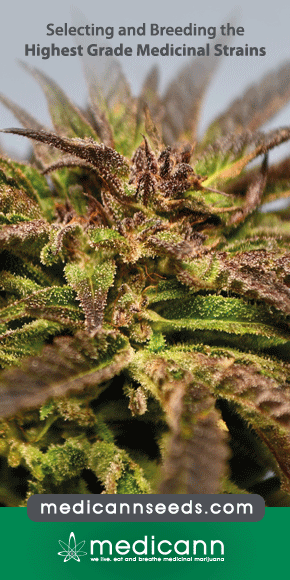Perioperative Patient Beliefs Regarding Potential Effectiveness of Marijuana (Cannabinoids) for Treatment of Pain: A Prospective Population Survey
Cannabinoids have an expanding presence in medicine. Perioperative patients’ perceptions of the effectiveness of these compounds, and acceptance if prescribed for pain, have not been previously described. Patients generally believe that marijuana could be at least somewhat effective for the management of pain and are willing to use cannabinoid compounds for this indication, if prescribed by a physician.








